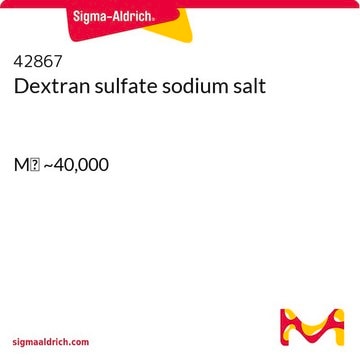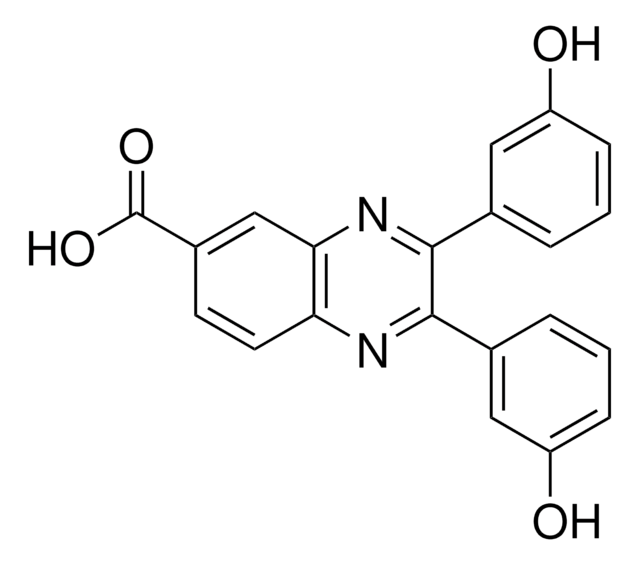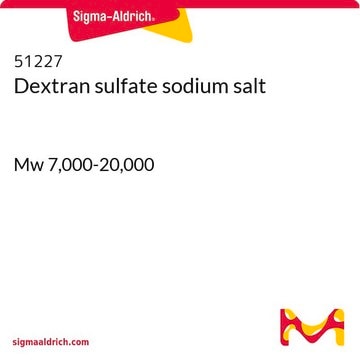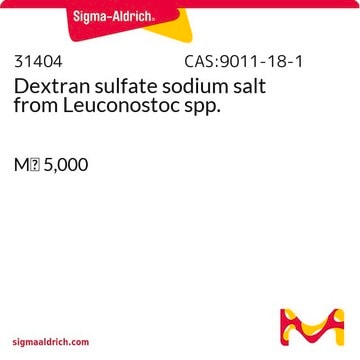About This Item
Recommended Products
Assay
≥98%
form
liquid
composition
methylene chloride, ≤1% (solvent)
storage condition
(Keep container tightly closed in a dry and well-ventilated place.)
concentration
13.4 M
color
colorless
bp
97-99 °C (lit.)
density
0.991 g/mL at 25 °C (lit.)
application(s)
genomic analysis
storage temp.
−20°C
SMILES string
C\N=[N+](/C)[O-]
InChI
1S/C2H6N2O/c1-3-4(2)5/h1-2H3/b4-3+
InChI key
DGAKHGXRMXWHBX-ONEGZZNKSA-N
Looking for similar products? Visit Product Comparison Guide
General description
Application
Biochem/physiol Actions
Features and Benefits
Other Notes
related product
Signal Word
Danger
Hazard Statements
Precautionary Statements
Hazard Classifications
Acute Tox. 2 Oral - Carc. 1B - Eye Irrit. 2 - Flam. Liq. 3 - Skin Irrit. 2
Storage Class Code
3 - Flammable liquids
WGK
WGK 3
Flash Point(F)
75.2 °F
Flash Point(C)
24 °C
Certificates of Analysis (COA)
Search for Certificates of Analysis (COA) by entering the products Lot/Batch Number. Lot and Batch Numbers can be found on a product’s label following the words ‘Lot’ or ‘Batch’.
Already Own This Product?
Find documentation for the products that you have recently purchased in the Document Library.
Customers Also Viewed
Our team of scientists has experience in all areas of research including Life Science, Material Science, Chemical Synthesis, Chromatography, Analytical and many others.
Contact Technical Service